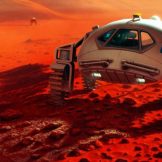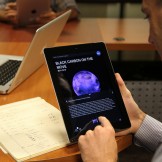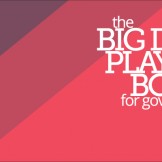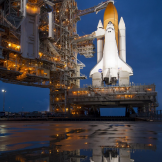Journey of Discovery: Interview with Dr. Ellen Stofan, NASA Chief Scientist
Dr. Ellen Stofan joined me on The Business of Government Hour to explore her role, NASA’s science priorities, efforts at promoting science, technology engineering and mathematics (STEM) education, and space science successes. Here’s an overview of our conversation.










